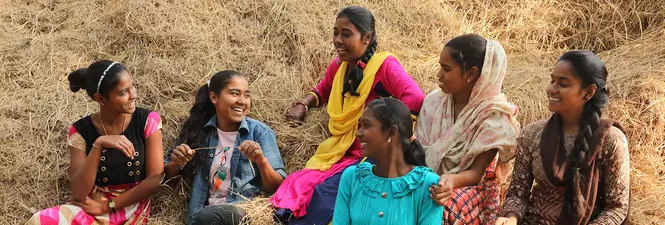
Save the Children India Rebrands as Bal Raksha Bharat
Save the Children India Unveils its ‘Bharat’ Logo; Rebrands as Bal Raksha Bharat As India’s leading child rights organisation, Save…
Read More
Media Coverage: Launch of ‘Cost of Universalising of Early Childhood Education (ECE) in India’ Report
Together with the Centre for Budget and Governance Accountability (CBGA), Bal Raksha Bharat launched the report, ‘Cost of Universalising of…
Read More
Media Coverage for the Launch of World of India’s Girls (WINGS) 2022 Report
Media Coverage for the Launch of World of India’s Girls (WINGS) 2022 Report Against the backdrop of what was a…
Read More
सेव द चिल्ड्रन विंग्स 2022 की रिपोर्ट में खुलासा हुआ कि शहरी झुग्गियों में अधिकांश किशोरी लड़कियां महामारी के दौरान लड़कों की तुलना में मूलभूत स्वास्थ्य एवं शिक्षा सेवाओं से वंचित रहीं
सेव द चिल्ड्रन विंग्स 2022 की रिपोर्ट में खुलासा हुआ कि शहरी झुग्गियों में अधिकांश किशोरी लड़कियां महामारी के दौरान…
Read More
PRESS RELEASE: Launch of the Third Edition of ‘World of India’s Girls (WINGS) 2022’ Report
PRESS RELEASE: Launch of the Third Edition of ‘World of India’s Girls (WINGS) 2022’ Report Majority of adolescent girls in…
Read More
In The News: Media Coverage of Bal Raksha Bharat’s Reaction to Union Budget 2022
The Union Budget 2022 was an opportunity to significantly bolster investment in children of the India – the future of…
Read MoreExplore more Resources
Ready to brush up on something new? We've got more to read right this way.






